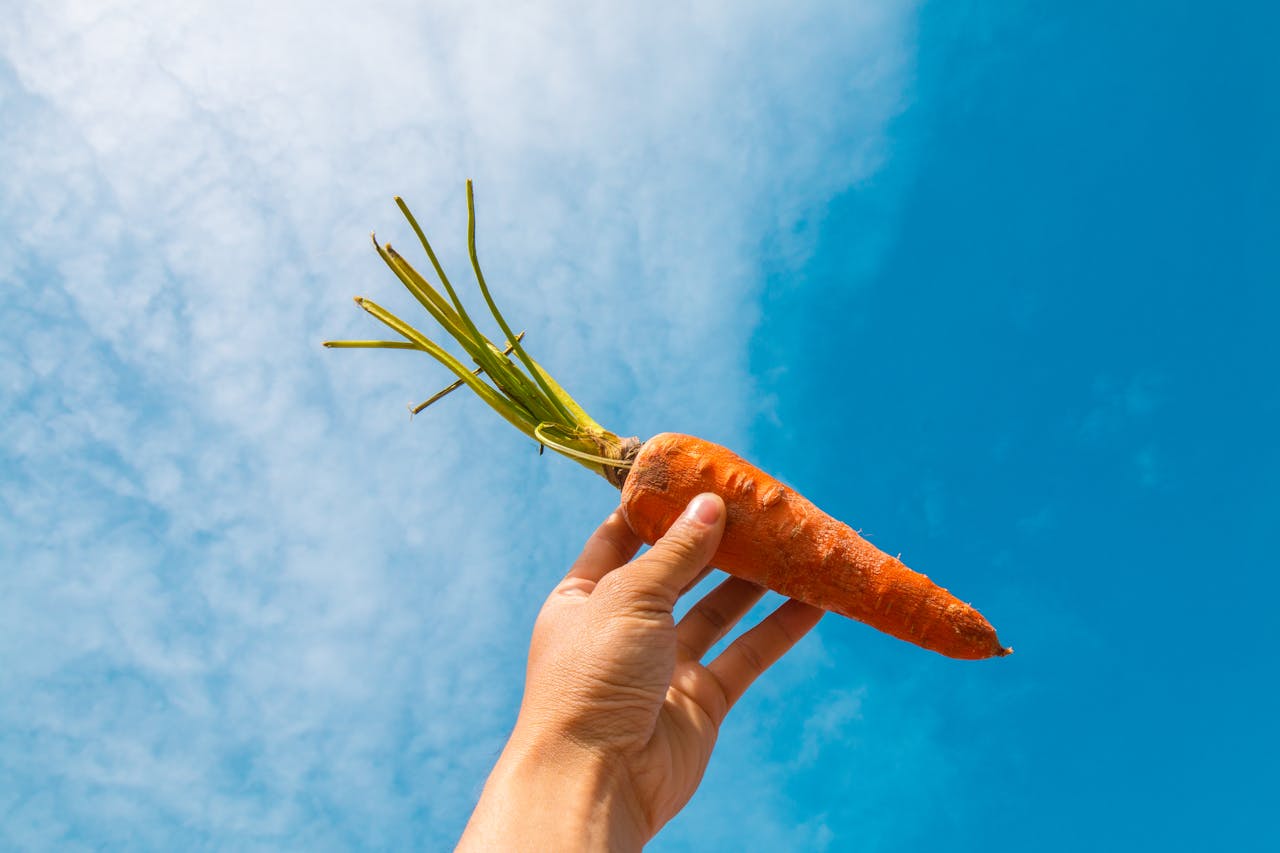Guide to Wild Carrot (Daucus carota)
Overview
Wild carrot, also known as Queen Anne’s lace or bishop’s lace, is a biennial plant belonging to the Apiaceae family, which includes other herbs and vegetables like coriander, cumin, parsnips, and celery. Here is a comprehensive guide to understanding and managing wild carrot.
Identification and Growth
Wild carrot is easily identifiable by its finely divided leaves arranged in a rosette, similar to those of cultivated carrots. When any part of the plant is crushed, it emits the characteristic odor of carrots. The plant can grow up to 4 feet tall and produces an umbelliferous flower head with numerous small white flowers. The seedheads are concave in shape and can persist through the winter[1][4].
Life Cycle
Wild carrot seedlings can emerge as early as April and continue to emerge until mid-October if conditions are favorable. The plant overwinters as a rosette, starts to produce new leaves in March, and bolts (produces a flowering stem) as early as June the following season. Flowering typically begins in late June and continues through August. Each umbel can produce up to 1000 seeds, which are primarily dispersed by wind but can also attach to animal fur and clothing[1].
Uses
Medicinal Uses
Wild carrot has been used for various medicinal purposes. The parts that grow above the ground and an oil made from the seeds are used to treat urinary tract problems, including kidney stones, bladder issues, and excess uric acid. It is also used for gout, severe diarrhea, indigestion, and intestinal gas. Additionally, it is employed to relieve uterine pain, stimulate menstrual periods, and as an aphrodisiac[2][5].
Companion Planting
Wild carrot can be used as a companion plant to attract more pollinators to crops, making it beneficial in agricultural settings[4].
Control and Management
Cultural Control
Including fall-planted cereals like wheat in the crop rotation can reduce wild carrot seed production. Wheat harvest typically occurs when wild carrot plants are flowering but before they produce seeds, thus reducing seed dispersal[1].
Mechanical Control
Tillage is an effective method for controlling wild carrot. Mowing areas such as wheat stubble, roadsides, and fence rows in late August can cut off wild carrot flowers and prevent seed production[1].
Chemical Control
Wild carrot can be controlled using herbicides at various stages of growth: seedling, over-wintered, and established plants. However, over-wintered and established plants are more challenging to control, especially with the presence of 2,4-D resistant populations. Herbicides such as glyphosate, atrazine, and various combinations with crop oil concentrate and non-ionic surfactants can be used, depending on the crop and application timing[1].
Additional Information
- Seed Characteristics: Wild carrot seeds are segment-shaped, pale white to green, with a papery and rough texture. They are 3-4 mm in length and have hooked spines that facilitate dispersal by attaching to fur and clothing[4].
- Frost Tolerance: Wild carrot shows good tolerance to frost, making it a hardy plant in various climates[4].
- Sowing Time: Ideal sowing time is in the autumn, as cold temperatures ensure seed dormancy is broken[4].
Most Important Facts About Wild Carrot
- Identification: Finely divided leaves in a rosette, characteristic carrot odor, and an umbelliferous flower head with small white flowers[1][4].
- Life Cycle: Biennial plant that overwinters as a rosette, bolts in June, and flowers from late June to August[1].
- Seed Production and Dispersal: Each umbel can produce up to 1000 seeds, dispersed primarily by wind and also by attachment to fur and clothing[1].
- Medicinal Uses: Used for urinary tract problems, gout, digestive issues, and as an aphrodisiac[2][5].
- Control Methods: Cultural (crop rotation), mechanical (tillage and mowing), and chemical (herbicides) methods can be employed to control wild carrot[1].
- Seed Characteristics: Segment-shaped seeds with hooked spines for dispersal[4].
- Frost Tolerance: Good tolerance to frost[4].
- Ideal Sowing Time: Autumn, to ensure seed dormancy is broken by cold temperatures[4].




